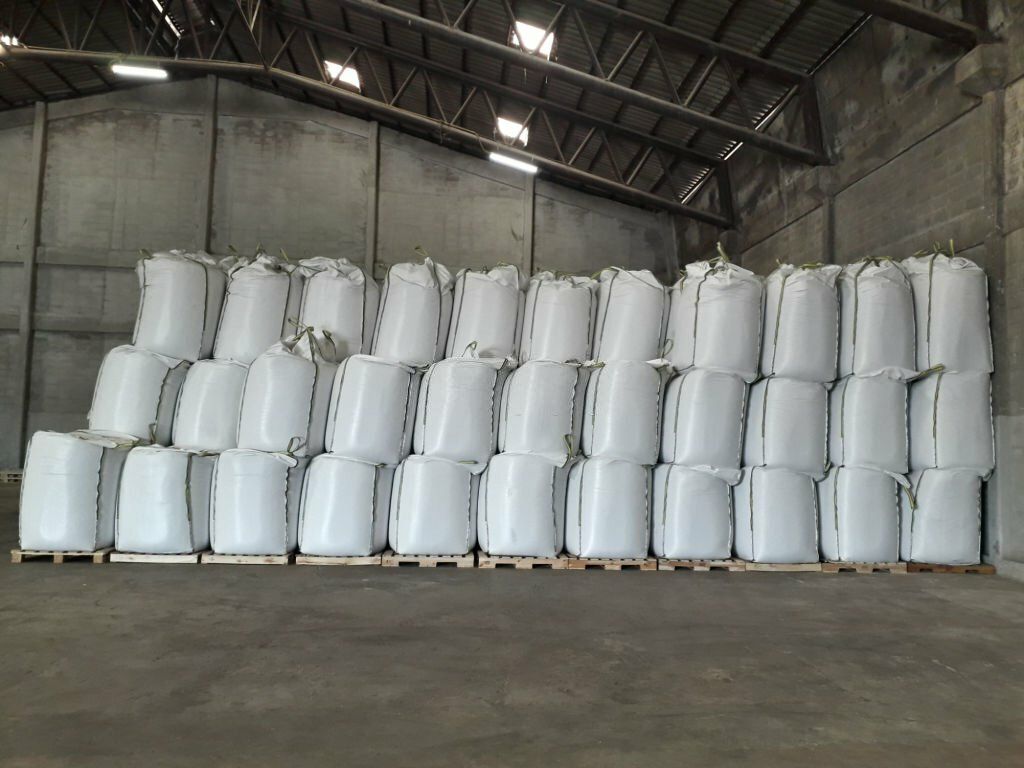
Fertilizing for the Future: Calcium Ammonium Nitrate's
Fertilizing for the Future: Calcium Ammonium Nitrate's Eco-Friendly Solution
In a world where sustainable agriculture is becoming increasingly crucial, finding eco-friendly solutions for fertilization is a top priority. Calcium Ammonium Nitrate (CAN) has emerged as one of the leading contenders in this quest, offering a sustainable and environmentally friendly approach to crop nutrition. This article explores the potential of CAN as an eco-friendly fertilizer, its benefits, and its role in shaping the future of agriculture.

The Need for Eco-Friendly Fertilizers
Modern agriculture faces a dual challenge – feeding a growing global population and doing so while minimizing its impact on the environment. Traditional fertilizers, such as urea and ammonium nitrate, have been effective in increasing crop yields. However, they have significant drawbacks when it comes to environmental sustainability.Visit DAP Fertilizer
The application of these traditional fertilizers often leads to issues like nutrient runoff, soil degradation, and the release of harmful greenhouse gases, particularly nitrous oxide. These environmental problems contribute to pollution of water bodies, the loss of biodiversity, and climate change. Therefore, it is essential to transition to more eco-friendly fertilizers that can help reduce these negative impacts.
Calcium Ammonium Nitrate (CAN): An Eco-Friendly Alternative
Understanding CAN
Calcium Ammonium Nitrate (CAN) is a nitrogen-based fertilizer that contains a combination of ammonium nitrate and calcium carbonate. This unique composition has several advantages when it comes to sustainability.
CAN's ammonium nitrate component provides plants with a readily available source of nitrogen. The calcium carbonate in CAN acts as a liming agent, helping to neutralize soil acidity, which can occur due to the application of nitrogen fertilizers. This dual benefit makes CAN a well-balanced and efficient fertilizer.

Benefits of CAN
Reduced Nitrogen Loss: One of the primary environmental concerns with traditional fertilizers is nitrogen loss through volatilization and leaching. CAN minimizes this loss because its ammonium nitrogen component is less prone to volatilization compared to urea. The presence of calcium carbonate also reduces the risk of nitrogen leaching, as it helps stabilize the nitrogen in the soil.
Enhanced Nutrient Uptake: CAN promotes better nutrient uptake by plants due to its unique composition. The combination of calcium and ammonium nitrate improves nutrient absorption, leading to healthier and more productive crops.
Reduced Greenhouse Gas Emissions: CAN's reduced nitrogen loss also contributes to lower emissions of nitrous oxide, a potent greenhouse gas. By choosing CAN as a fertilizer, farmers can reduce their carbon footprint.
Soil Health Improvement: The calcium carbonate in CAN helps maintain soil pH levels, preventing soil acidification and ensuring long-term soil health. Healthy soils are more resilient to environmental stresses and provide a better environment for beneficial microorganisms.
Crop Quality: CAN not only increases crop yields but also improves the quality of the harvested produce. This makes it an attractive choice for farmers looking to meet the growing demand for high-quality food products.
Flexibility in Application: CAN can be applied through various methods, including broadcasting, banding, or as a foliar spray. This versatility makes it suitable for different crops and farming practices.
Longer Shelf Life: CAN is less hygroscopic than urea, meaning it absorbs less moisture from the atmosphere. This gives it a longer shelf life and reduces the risk of caking and nutrient loss during storage.
Environmental Impact
SEO Keyword: Environmental impact of CAN
CAN's positive environmental impact extends beyond the farm. By reducing nitrogen runoff, greenhouse gas emissions, and soil degradation, it contributes to cleaner water sources, reduced climate change effects, and the preservation of biodiversity. CAN is a vital component of the push for sustainable agriculture and eco-friendly farming practices.
CAN in Sustainable Agriculture
The adoption of Calcium Ammonium Nitrate is not limited to its benefits in the field. It plays a crucial role in achieving sustainability in agriculture in the following ways:
1. Sustainable Farming Practices
CAN encourages the use of precision agriculture and controlled-release fertilization techniques. Farmers can tailor the application of CAN to meet the specific needs of their crops, reducing waste and optimizing nutrient uptake. This precision minimizes the environmental impact of excess nutrients in the soil.
2. Crop Rotation and Diversification
By improving soil health and reducing nutrient imbalances, CAN supports crop rotation and diversification. These practices promote biodiversity, reduce pest and disease pressure, and enhance overall soil fertility, reducing the need for synthetic pesticides and fertilizers.
3. Reduced Environmental Footprint
The adoption of CAN as an eco-friendly fertilizer aligns with the global agenda to reduce the environmental footprint of agriculture. This aligns with Sustainable Development Goals (SDGs) related to responsible consumption and production, climate action, and life below water and on land.
4. Regulatory Compliance
As awareness of environmental concerns grows, many regions are implementing regulations to control the use of traditional fertilizers. CAN offers a viable alternative that complies with these regulations while maintaining or even improving crop productivity.
5. Sustainable Intensification
CAN supports the concept of sustainable intensification in agriculture. This approach seeks to increase agricultural productivity while minimizing negative environmental impacts. By reducing nutrient loss and improving crop yields, CAN contributes to the success of this strategy.
Appreciate the creator